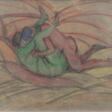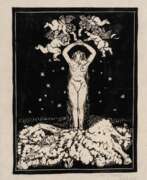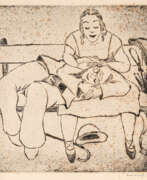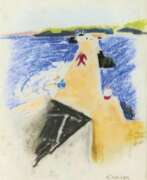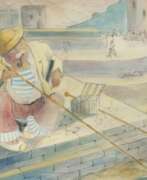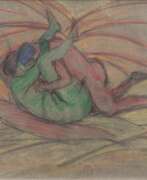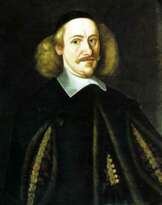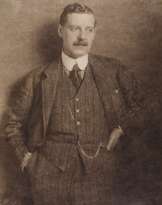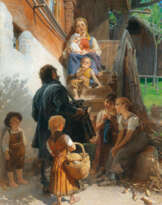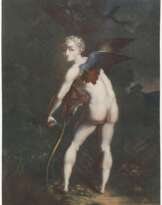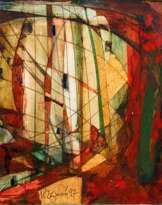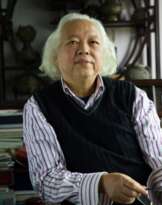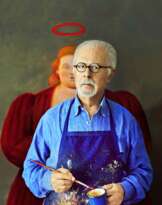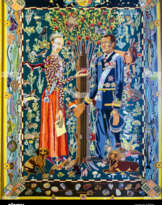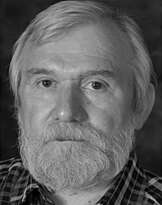Heinrich Ehmsen (1886 - 1964)
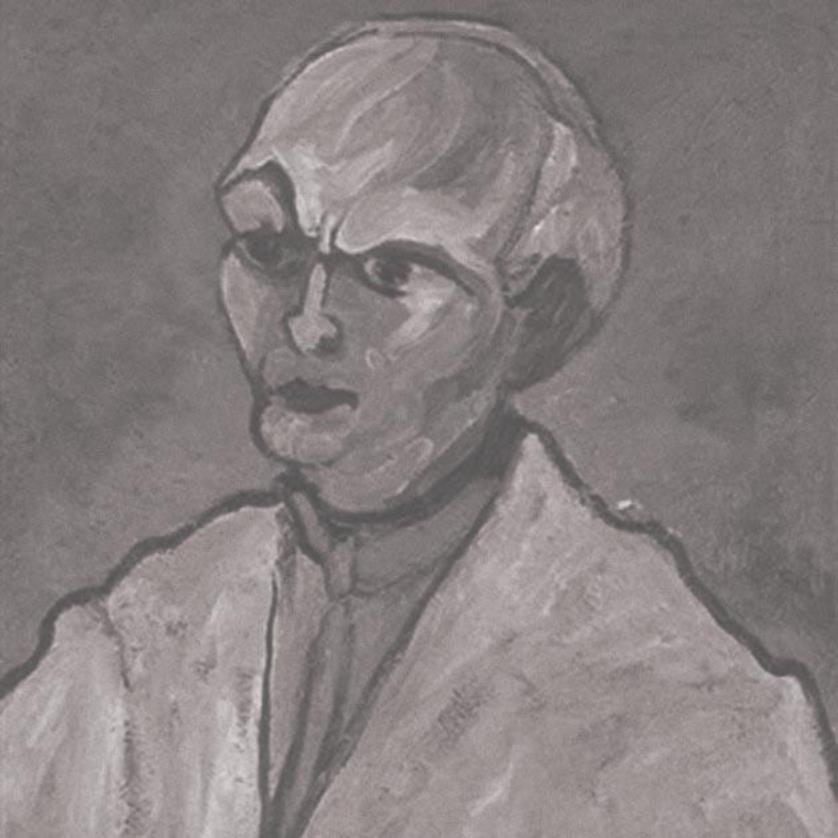
Heinrich Ehmsen
Heinrich Ehmsen was a German expressionist painter and graphic artist.
Coming from a poor family, Ehmsen studied at the School of Arts and Crafts in Düsseldorf, worked as a decorator and painted. Gradually, revolution became the central idea of many of his paintings. After World War I, in which he participated as a mobilized man, his reflections on the war and the failed German revolution lead him to the realization that human existence is threatened. All this is reflected in his drawings and paintings.
After a six-month internship in the south of France in 1929 Emzen moved to Berlin, and 1932-1933 years the artist spent in the USSR. His works were exhibited in Moscow, and Soviet museums acquired his paintings. With the National Socialists coming to power in Germany in 1937, Heinrich Ehmsen was condemned as a degenerate artist, and his paintings were withdrawn from German collections.
After the war, Heinrich Ehmsen worked as deputy director and head of the painting class at the Academy of Fine Arts in West Berlin, but in 1950 he moved to the Academy of Fine Arts in East Berlin. In 1961, the artist won the GDR National Prize.
| Date and place of birt: | 9 august 1886, Kiel, Germany |
|---|---|
| Date and place of death: | 6 may 1964, Berlin, Germany |
| Nationality: | Germany |
| Period of activity: | XX century |
| Specialization: | Artist, Educator, Graphic artist, Painter |
| Genre: | Genre art, History painting, Portrait |
| Art style: | Degenerate art, Expressionism, Contemporary art |
